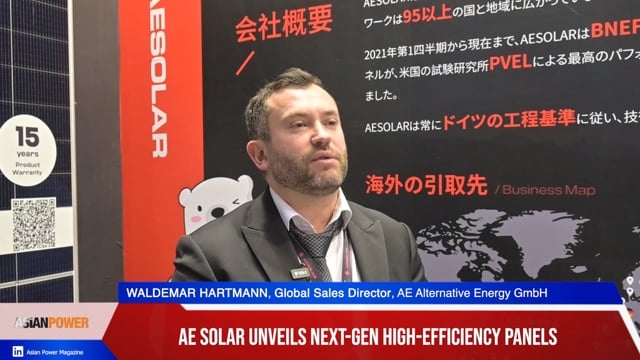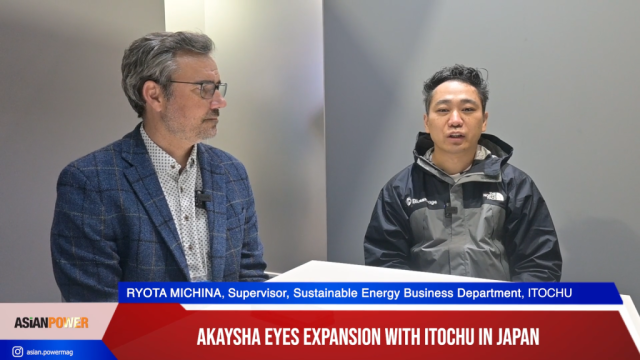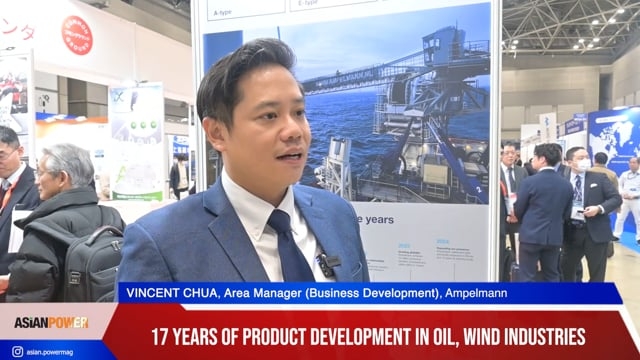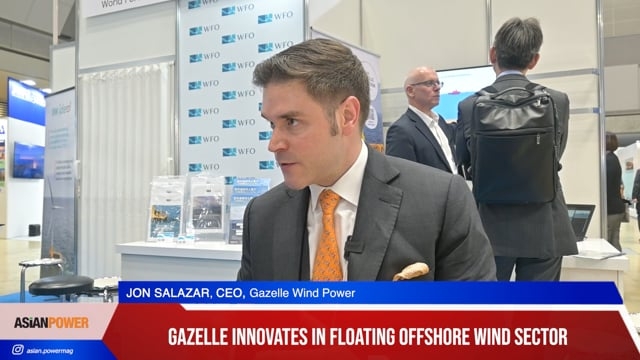
Enabling cleaner power generation in Asia through digital prototyping
By Susan Gladwin As Asia grows, so too do its economic, social, resource and environmental challenges. At the same time, corporations are becoming more aware of the important role they have to play in addressing these challenges, and the opportunity this represents. Promoting clean technology is one way for business to lead by example.
Under government, consumer and competitive pressures, companies need to adopt sustainable practices in their business operations and product development. By developing or investing in use of clean technology, companies can more easily achieve these goals.
Many clean tech companies develop their ideas through physical prototyping – a process that requires intensive testing and design iterations. Digital Prototyping software lets companies design, simulate and visualize their products rapidly and cost-effectively. This approach cuts costs, reduces time-to-market, and can positively improve the environmental impact of the product as well. Compelling, realistic visualizations let people experience products before they’re built, helping prospective customers better understand new concepts.
And, since nearly 80 percent of a product’s environmental impact is fixed in the design phase, with today’s Digital Prototyping tools, companies can more easily obtain a comprehensive view of the environmental impact of their products, long before anything is actually manufactured. Designers and engineers are equipped to make informed decisions about parameters influencing environmental impact such as material source, efficiency, longevity and recyclability.
Clean tech companies worldwide have adopted Digital Prototyping to achieve previously unrealizable innovation. Through Digital Prototyping TimberTower (Germany) has designed super-high, easily transportable wind towers and has optimized its manufacturing process. Poduhvat LTD (Serbia) uses Digital Prototyping to create a highly efficient hydrodynamic design that increases water speed inside their contra-rotating turbine, increasing the power output. Utility Scale Solar, Inc. (USA) has also been successful using these tools to accelerate development of its sun-tracking systems, cutting costs by reducing the amount of materials used.
Government bodies across Asia are investing in the clean technology sector for long-term economic, societal, and environmental benefits. Case in point: Singapore’s Economic Development Board, which aims to grow the clean tech industry to contribute 3.4 billion SGD to Singapore’s GDP and provide 18,000 jobs by 2015. Similarly, China’s manufacturing sector includes the renewable energy industry driven by multi-billion-dollar public investments in clean energy and a rapidly growing market. And companies in the region drive innovation as well; for example, Japan accounts for 70% of electric vehicle patents filed globally.
The future looks bright for clean technology innovation, development and deployment in Asia. To aid in the design and manufacturing of the greenest products possible, we remain steadfast in supporting clean tech innovators by helping them overcome their challenges of time, capital and communication through access to world-class Digital Prototyping software.
























 Advertise
Advertise







